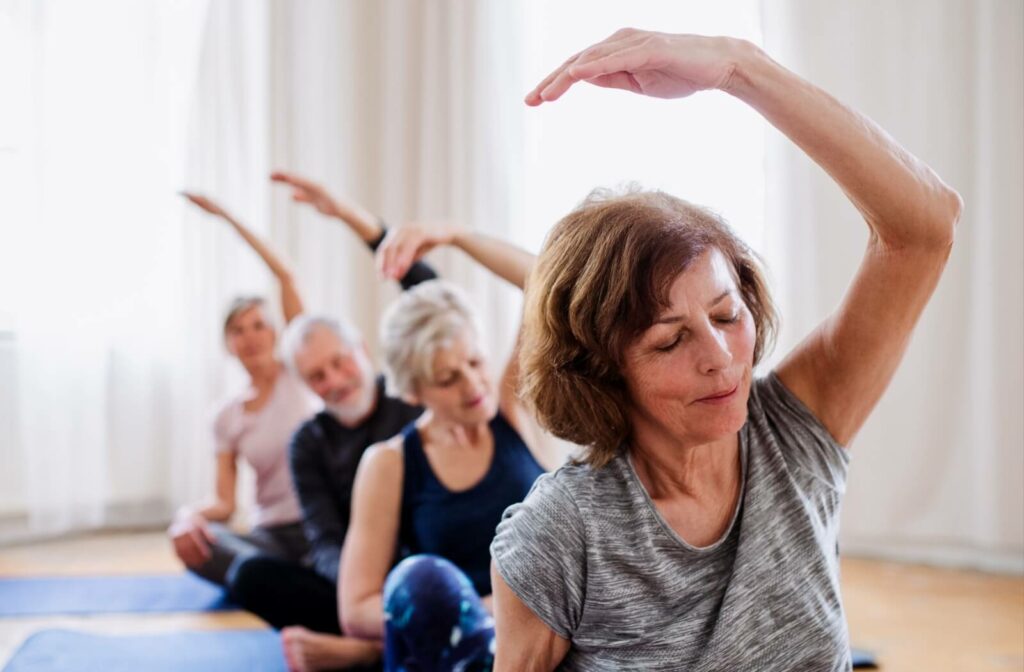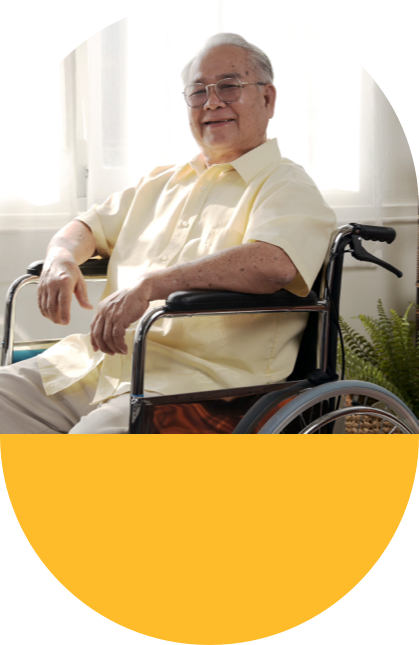The conversation around living longer is shifting dramatically. No longer is cognitive decline an inevitable part of getting older. Research consistently shows that the choices we make—particularly when it comes to staying active—can profoundly impact our brain health well into our golden years.
The relationship between physical movement and cognitive function is both fascinating and encouraging. Exercise promotes blood flow to the brain, neurotransmitter release, neuroplasticity, and cognitive reserve.
When we understand how exercise literally reshapes our brains, we can make informed decisions that support our mental sharpness, emotional well-being, and overall quality of life as we head into our third act.
The Science Behind Physical Activity & Brain Health
Enhanced Blood Flow to the Brain
Physical activity acts as a natural pump for your heart, delivering oxygen-rich blood directly to your brain. This increased circulation nourishes brain cells and helps clear out metabolic waste that can interfere with cognitive function. Studies show that even moderate exercise can increase blood flow to areas of the brain responsible for memory and executive function.
Neurotransmitter Release
Movement triggers the release of powerful brain chemicals, including endorphins, serotonin, and dopamine. These neurotransmitters don’t just make us feel good—they actively support cognitive processes. Endorphins reduce stress hormones that can damage brain cells, while serotonin and dopamine enhance mood and motivation, creating a positive cycle that encourages continued activity.
Neuroplasticity & Cognitive Reserve
Perhaps most remarkably, physical activity promotes neuroplasticity—the brain’s ability to form new neural connections throughout life. Exercise stimulates the production of brain-derived neurotrophic factor (BDNF), a protein that supports the growth of new neurons and promotes the strengthening of existing ones. This creates what researchers call “cognitive reserve”—a buffer that helps protect against age-related cognitive changes.
Types of Physical Activities for Brain Health
Aerobic Exercises
Walking, swimming, cycling, and dancing are excellent choices for boosting brain health. These activities increase heart rate and breathing, delivering maximum benefits to your cardiovascular system and brain. The beauty of aerobic exercise is its accessibility—a 30-minute walk in your neighborhood can be just as beneficial as a structured fitness class.
Strength Training
Resistance exercises, such as those using weights, resistance bands, or your own body weight, help maintain muscle mass while supporting cognitive function. Strength training has been specifically linked to improvements in executive function—the mental skills that include working memory, flexible thinking, and self-control.
Balance & Flexibility Exercises
Yoga, tai chi, and simple stretching routines offer dual benefits for brain health. These activities require focus and coordination, challenging your brain while improving physical stability. The meditative aspects of these practices also reduce stress, which can negatively impact cognitive function.

Tips to Add Physical Activity to Daily Life
Set Realistic Goals
Start where you are, not where you think you should be. If you’ve been sedentary, start with 10-15 minutes of gentle movement each day. Gradually increase duration and intensity as your fitness improves. The key is consistency, not perfection.
Create a Routine
Schedule physical activity at the same time each day to build a sustainable habit. Whether it’s morning stretches, an afternoon walk, or evening yoga, consistency helps your brain adapt to regular movement patterns.
Making It Social
Exercise becomes more enjoyable and sustainable when shared with others. Join a walking group, take a dance class, or simply invite a friend to be your exercise partner. Social interaction adds another layer of cognitive stimulation while making activities more engaging.
Overcoming Challenges
Addressing Physical Limitations
Physical limitations don’t have to prevent you from staying active. Chair exercises, water aerobics, and modified movements can provide significant benefits. The important thing is finding activities that work within your current abilities while still challenging your body and mind.
Dealing with Motivation & Boredom
Variety is essential for maintaining long-term engagement. Rotate between different activities, explore new environments, or try seasonal activities. Setting small, achievable goals can help maintain motivation when enthusiasm wanes.
Modifying Exercises for Different Abilities
Everyone’s body is different, and exercises should be adapted accordingly. Work with healthcare providers or fitness professionals to modify activities for your specific needs and abilities. The goal is safe, enjoyable movement that supports your overall well-being.
The Role of Senior Living Communities
Organized Activity Programs
Well-designed senior living communities recognize the importance of physical activity for brain health. At Juniper, we offer diverse programs that cater to different interests and ability levels, from gentle yoga sessions to more vigorous fitness classes.
Social Interaction & Community Support
Group activities provide natural opportunities for social connection while staying active. This combination of physical movement and social engagement creates a powerful boost for cognitive health.
Professional Guidance & Supervision
Having a skilled team available ensures that activities are conducted safely and appropriately. They can help modify exercises, provide encouragement, and monitor progress, making physical activity both effective and enjoyable.
Embracing Movement for Lifelong Brain Health
The evidence is clear: physical activity is one of the most powerful tools we have for maintaining cognitive health as we live longer. The beauty lies in its simplicity—you don’t need expensive equipment or complex routines to benefit your brain.
At Juniper Village at Meadville, we believe that every person deserves the opportunity to thrive cognitively and physically. By incorporating regular movement into daily life, we’re not just exercising our bodies—we’re investing in our future.
The journey toward better brain health through physical activity is one worth taking, no matter where you’re starting from. Schedule a tour today—join us and take the first step toward a healthier mind and body!







